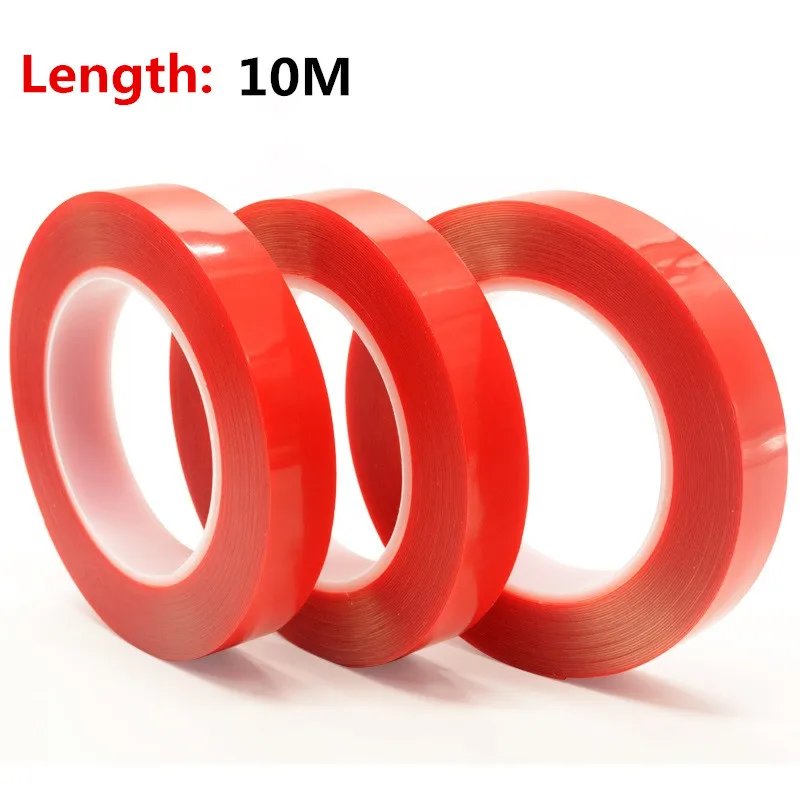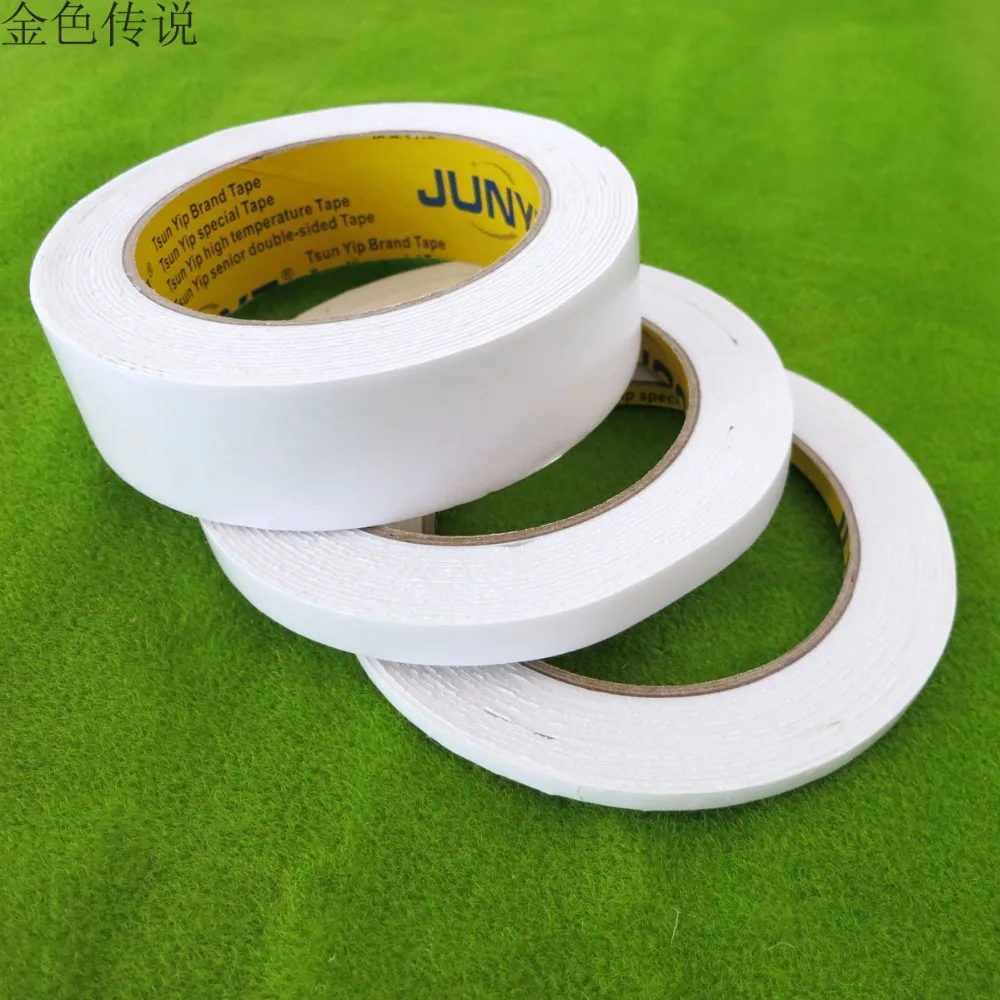
High adhesion, strong adhesion on plastic film and model products, such as the bonding of headphone line wrap film, etc. Mainly for bonding of graphite sheet and other materials in the smart phone industry Suitable for the bonding of all kinds of components with thickness restriction, such as bonding of graphite sheet Ultra thin design, suitable for the bonding of all kinds of components with thickness restriction, such as bonding of graphite sheet White, matte fingerprint proof surface, suitable for surface protection of graphite sheet and other materialsīlack, semi-transparent, mainly used in surface protection of graphite sheetsīlack, suitable for surface protection of graphite sheet and other materials, with masking effect White, suitable for surface protection of graphite sheet and other materials

Matte fingerprint proof surface, suitable for surface protection of graphite sheet and other materials Matte fingerprint proof surface, mainly used in surface protection of graphite sheets Matte fingerprint proof surface, ultrathin, mainly used in surface protection of graphite sheets Strong adhesion, mainly used in surface protection of graphite sheet and other materials. Stable adhesion, mainly used in surface protection of graphite sheet At present, he is the head of the Nanobiosensorics Lendület Group at MTA TTK MFA.Ultra thin, stable adhesion, mainly used in surface protection of graphite sheets Ramsden at Cranfield University, England, on the OPTICELL project studying protein structural order, surface adsorption and stem cell adhesion and behavior on nanosurfaces using label-free optical biosensors. From 2006 he held a Marie Curie Fellowship while working in the group of Professor Jeremy J. In 2004 he received a 2-year Talent Project Award from the Danish Technical Research Council to investigate surface–cell interactions in bioassays. After, he was employed as a postdoctoral researcher in the Optics and Plasma Research Department at the Risø National Laboratory in Denmark, developing advanced biosensors for bacterial detection. He obtained his MSc and PhD degrees from Eötvös University, Hungary, in 19, respectively. Robert Horvath is a physicist with specialization in biophysics. The simplicity of the fabrication at ambient temperatures makes the developed processes appealing for lab-on-a-chip applications, particularly if the bonded biochips are precious. Excellent, stable and reversible bonding of the microstructured tapes to biocompatible plastic and glass is also demonstrated. Furthermore, its material is biocompatible, making it ideal for biological applications. The material of the double sided tape is stable in aqueous solutions. The transparent unit was used to on-line monitor the surface adhesion of Salmonella cells on poly- l-lysine-coated biochip surfaces, followed by the straightforward microscopic visualization of the adhered bacterial cells. The easy fabrication of a fully transparent integrated sensor unit – tape cuvette system is also demonstrated for parallel microscopic investigations. It is shown that the well-defined and controllable height of the channels is advantageous for stopped-flow measurements of analyte binding.

After peeling off the tape liners, the structures could be easily integrated at room temperature with label-free optical waveguide biochips without further modifications or additional processing steps. A laser-cutting method is applied to engrave structures in sheets of the tapes. A simple, reliable and cost-effective fluidic channel, fabricated by using double-sided pressure-sensitive tapes, is demonstrated here.


 0 kommentar(er)
0 kommentar(er)
